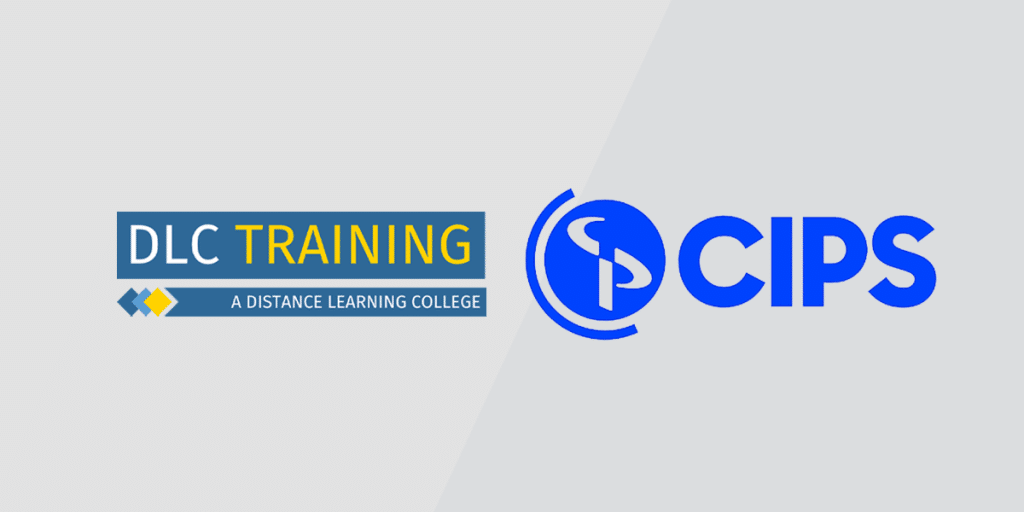In today’s dynamic and increasingly complex business environment, procurement and supply professionals are under mounting pressure to deliver strategic value, mitigate risks, and uphold the highest ethical standards across global supply chains.

That’s where the CIPS Global Standard for Procurement and Supply comes in. The Global Standard is a comprehensive competency framework, developed by CIPS (through consultation with practitioners and academics) to support individuals and organisations with reaching their goals while demonstrating good practice. The Standard has been developed in alignment with both national and international sector requirements, ensuring that it accurately represents the profession as a whole.
Benefits to Individuals and Organisations
Whether you’re an individual looking to benchmark your skills or an organisation striving to elevate your procurement function, the CIPS Global Standard offers a clear roadmap for excellence, capability development, and continuous improvement.
Benefits to Organisations
By providing a benchmark for procurement professionals, the Standard provides the following benefits to organisations:
- Identifies gaps in team capability
- Put in place a cost-effective, targeted training and development plan
- Enhance motivation and reduce turnover
- Enhance the management capabilities of the procurement function
- Improve ethical practices
Benefits to Individuals
Individuals looking to enhance their professional capabilities within the procurement sector also benefit from the Global Standard:
- Provides a basis for a personal development plan, identifying any skill gaps
- Determines the best course of action for development, whether that be further training, job shadowing, or mentoring
- Monitors progress by using the Standard as a reference point
The CIPS Global Standard Brochure
The structure of CIPS Global Standard Brochure clearly differentiates between the various levels of the procurement and supply function. It outlines five key levels of competence: Tactical, Operational, Managerial, Professional, and Advanced Professional. The first level, Tactical, focuses on routine tasks and transactional processes. Secondly, Operational level, is where individuals begin to take responsibility for more complex procurement activities. The third level, Managerial, involves leading teams and managing wider procurement functions. At the Professional level, individuals bring strategic thinking and influencing skills to the forefront. Finally, Advanced Professional, represents leadership at the highest level, driving organisational and sector-wide change. Each level reflects the core skills, responsibilities, and expected performance of individuals as they progress through the profession.
These competencies are further mapped across four pillars and eleven themes, providing a structured framework for identifying the knowledge, behaviours, and capabilities required for success at every stage of a procurement career.
The Four Pillars and Eleven Themes
- Infrastructure – Position and Influence, External Environment, and Technology
- Process – Spend Management, Contracting, and Sourcing
- Performance – Delivering Outcomes, and Metrics & Measurement
- People Development – Developing Individuals and Teams, Developing Self and Personal Skills, and Ethics in Procurement and Supply
Why the Global Standard is So Important
Here at DLC Training, we believe that it’s essential to follow the CIPS Global Standard. In a world where organisations are increasingly reliant on efficient, ethical, and resilient supply chains, having a clear, structured framework helps ensure that professionals are equipped with the skills needed to meet these demands. It also supports consistency in performance, encourages continuous development, and helps organisations identify and close capability gaps. Most importantly, it promotes a shared understanding of what excellence looks like in the profession, regardless of industry, geography, or role level, driving both individual and organisational success.
The Global Standard is available online for anyone to use. You can access the full document by visiting the CIPS website and downloading the brochure.